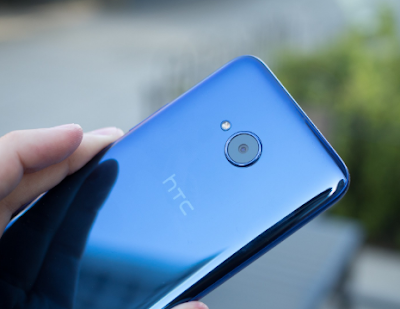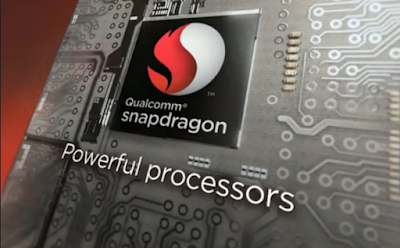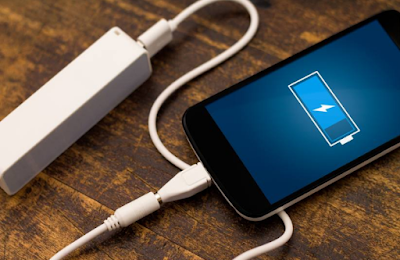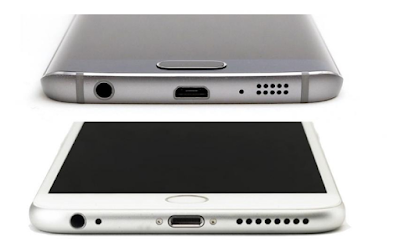These days, Smartphones have become an integral part of our lives. We do most of the things with our phone only.
Whether you need a new phone because your old one is choked out or you are a tech geek who frequently switches mobiles to add new technologies to your arsenal.
To Select, a device that may suit your need best is a tough task to do.
Here are 10 things that you must consider before you go for your next smartphone:-
1) Design and Build
The smartphone market mainly uses two types of materials ( Metal and Plastic) for manufacturing their phones.
Though there are some manufacturers who use glass-coated panels, those are very limited.
A phone carved from metal is more durable than a plastic one, it can bear a drop from 2-3 feet of height.
You cannot expect the same from glass coated one as they shatter as soon as they are dropped.
Though a glass coated smartphone looks appealing to eyes but not durable.
Figure out do you want an alluring or a sturdy phone?
I personally like indestructible one, do let me know your liking in the comment section.
2) Processor
The processor is the heart of any computing device same goes for the phones.
For a heavy user (the one who do a lot of video editing or plays heavy games like Asphalt 8) then go for the high-end processors like Snapdragon, Exynos (manufactured by Samsung) and to some extent, you can opt for HiSilicon Kirin SOC (made by Huawei).
If you are a casual user and plays some light games like temple run, candy crush saga then a MediaTech chip wouldn't disappoint you either.
3) Display
Screen size depends on your usage and preference.
If you often stream videos, edit photos or videos on your device then a 5.5 -6.0 inches display with the resolution of Full Hd (1920*1080 pixels) or QHD (2560*1440 pixels) can get the job done.
If you are a regular user and mainly use the phone for checking emails, chatting, browsing different social media apps then a display of 5-5.5 inches with Hd or Full Hd resolution will be a perfect pick for you.
If you go beyond 6-inch size then the handset seems to feel heavy in hand and also difficult to carry around.
An IPS LCD panel is better than TFT LCD panel because it has better colors, saturation levels, and viewing angles. Amoled displays far better than IPS panels but costs more than an IPS panel so chose accordingly.
4) Camera
Most of the people have misconceptions about megapixel count means better the image quality.
The megapixels only determines the number of pixel in the image and it will appear sharper on lower display size and nothing else.
A 12-megapixel camera with a larger aperture(f/2.0 or f/1.7), better image processing can click far better image than a 16 or 20 megapixel with f/2.2 aperture.
Mid-range and budget segment devices lack any type of stabilization in camera hardware.
But keep your eyes wide open if you are buying a flagship handset.
5) Battery
Battery life relies on the usage if you use your phone for streaming videos, playing games and work on mobile apps then a 3500 mAH battery will be good enough.
If you are a regular user then a 3000 mAh battery will hold up fine.
6) User Interface
All interactions with the handset are made via UI then it should be simple and provide a seamless experience.
You can opt for Stock android if you are a stock android lover or you can go for custom UI options like EMUI, MUI, ZenUI and Samsung's TouchWiz etc.
They do provide some extra features that stock Android lacks but at the same time these UIs are heavy.
They may have some bugs in them and these can get fixed by OTA updates. So it's up to you analyze what you like more feature packed or a bug-free stock android OS.
7) Storage and RAM
A good processor coupled with 4 Gigs of RAM can handle almost all the task thrown at it and it is the best fit for the heavy user.
2-3 Gigs RAM models will be enough for regular users if they have a decent processor.
Storage that is printed on the retail box is not but we get because most part of it is already taken by the preinstalled apps.
If you use a large number of apps on your phone then you can go for 64 or 128 GB models.
If you are a regular user and uses limited apps then you will be fine with 32 GB of storage.
8) Sensors
A smartphone in 2018 must have necessary sensors like proximity sensor, ambient light sensor, accelerometer, gyroscope, NFC, and GPS etc., in it.
- Proximity sensor helps the phone to turn off the display while you receive a call.
- The ambient light sensor is used for automatic brightness in mobile.
- Gyroscope help in viewing 360 videos.
- NFC helps in contactless payment.
9) Headphone Jack and USB Port
The phone comes with either micro-USB or USB type -C port for charging.
But USB type -C seams to more futuristic and it has its advantages as well like fast charging support etc.
Make sure the phone have a headphone jack (3.5mm ) because manufacturers are ditching this from their premium devices line up but the mid-range devices still have it.
I think it is not a good idea to remove 3.5 mm headphone jack from the handset as it has its own pros.
What do you think?
10) Price
A phone should be chosen depending on your need but do keep in mind it won't burn a hole in your pocket.
The smartphone should justify its price with the features it is offering, make sure you never get fooled by the brands like Oppo and Vivo as their handsets are just overpriced for what they offer.
For a budget and mid-range phones, you can check out offerings from OnePlus, Huawei Honor, and Xiaomi.
So, choose a phone that fits your pocket and budget as well.









No comments:
Post a Comment